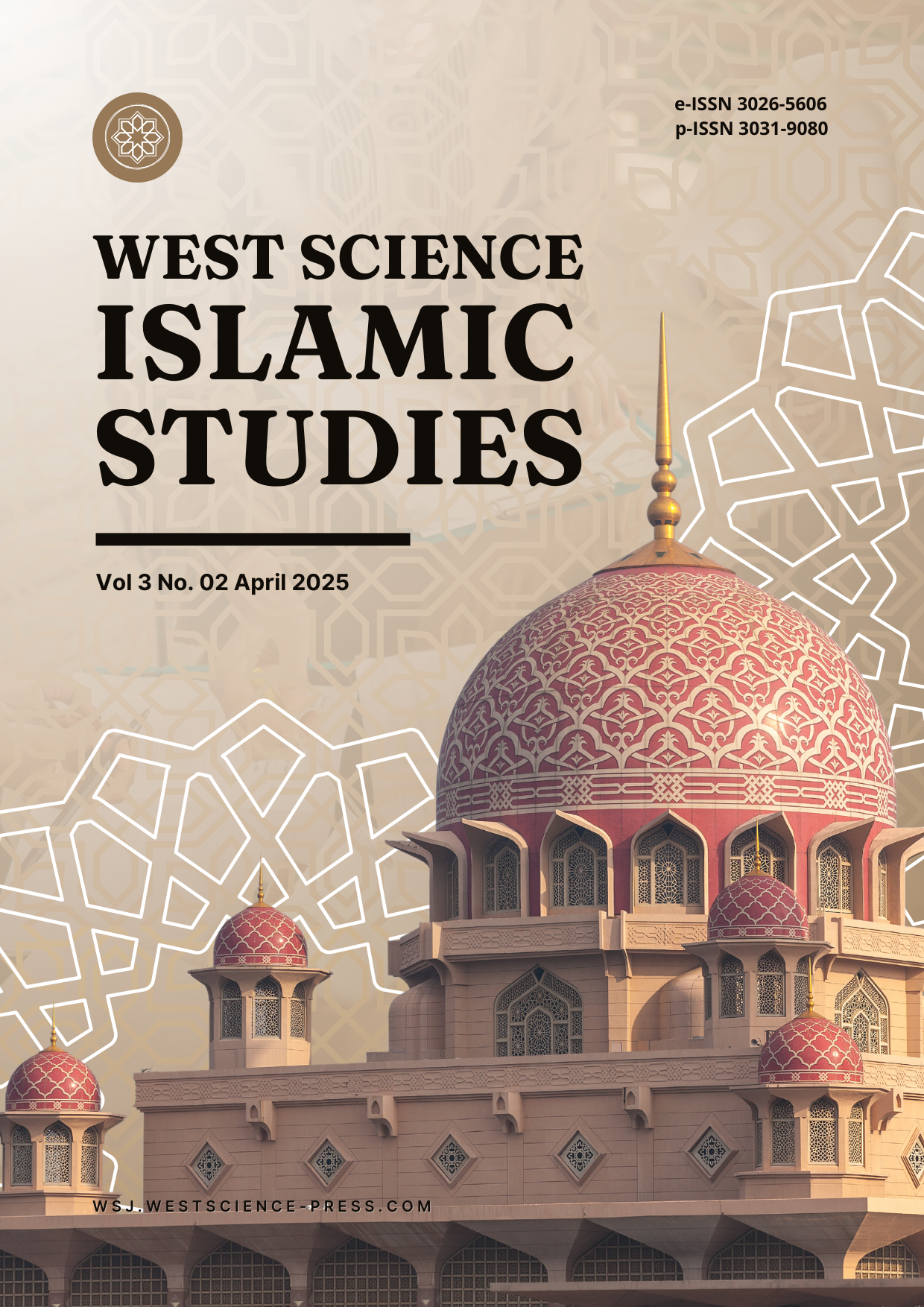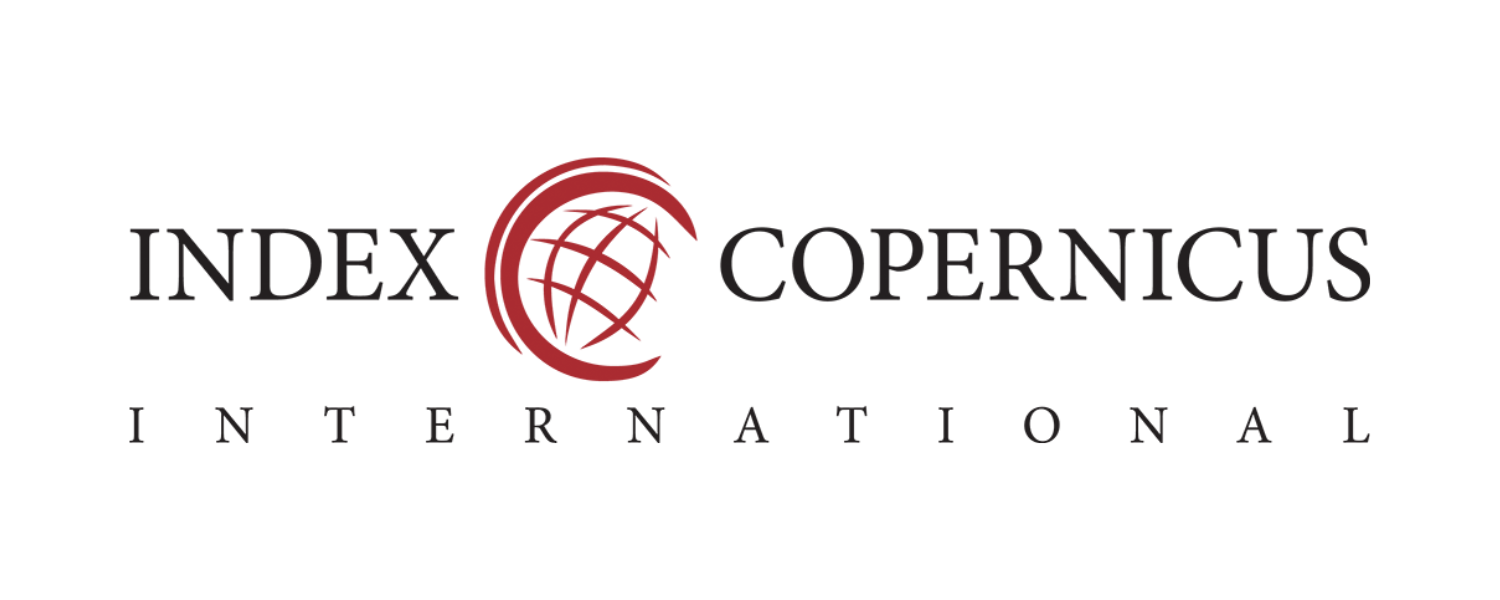Analysis of the Performance of the Jakarta Islamic Index (JII) compared to the Composite Stock Price Index (CSPI)
DOI:
https://doi.org/10.58812/wsiss.v3i02.1840Keywords:
Jakarta Islamic Index (JII), Composite Stock Price Index, Shariah Compliance, Risk and Volatility, Return PerformanceAbstract
This literature review analyzes the performance of the Jakarta Islamic Index (JII) compared to the Composite Stock Price Index (CSPI) in Indonesia, focusing on key factors such as return performance, risk and volatility, market reactions to economic factors, and the role of Shariah compliance. The review highlights that while the JII generally demonstrates lower returns, it offers greater stability, lower volatility, and resilience during economic downturns due to its ethical and Shariah-compliant nature. In contrast, the CSPI, which includes a broader spectrum of sectors, tends to provide higher returns during periods of economic growth but carries higher risk due to exposure to more volatile industries. The JII’s focus on stable and ethical companies makes it an attractive option for risk-averse and socially responsible investors, while the CSPI is more suitable for those seeking higher returns with a higher risk tolerance. The findings suggest that both indices offer distinct advantages depending on investor preferences and market conditions.
References
[1] S. Widodo, “Analisis Pengaruh Rasio Aktivitas, Rasio Profitabilitas, Dan Rasio Pasar, Terhadap Return Saham Syariah Dalam Kelompok Jakarta Islamic Index (JII) Tahun 2003–2005.” Program Pasca Sarjana Universitas Diponegoro, 2007.
[2] H. Setyowati and R. Ningsih, “Pengaruh faktor fundamental, risiko sistematis dan ekonomi makro terhadap return saham syariah yang tergabung di Jakarta islamic index (JII) pada periode 2010–2014,” Kaji. Bisnis Sekol. Tinggi Ilmu Ekon. Widya Wiwaha, vol. 24, no. 1, pp. 54–70, 2016.
[3] S. Sakinah, “Pengaruh Profitabilitas, Pertumbuhan Aset, Dan Likuiditas Terhadap Harga Saham Syariah Pada Perusahaan Yang Terdaftar Di Jakarta Islamic Index Periode 2012-2014.” Universitas Muhammadiyah Surakarta, 2016.
[4] I. G. A. Purnamawati and D. N. S. Werastuti, “Pengaruh pertumbuhan ekonomi, kapitalisasi pasar, suku bunga bank indonesia, inflasi, dan volatilitas harga saham sebagai variable moderating terhadap kinerja pasar saham perbankan syariah di Indonesia,” JIMAT (Jurnal Ilm. Mhs. Akuntansi) Undiksha, vol. 14, no. 01, pp. 18–31, 2023.
[5] R. Robiyanto, “Performance evaluation of stock price indexes in the Indonesia Stock Exchange,” Int. Res. J. Bus. Stud., vol. 10, no. 3, pp. 173–182, 2018.
[6] H. R. Kasanah and S. Worokinasih, “Analisis Perbandingan Return dan Risk Saham Syariah dengan Saham Konvensional,” J. Adm. Bisnis, vol. 58, no. 2, pp. 46–55, 2018.
[7] L. Listyawati and N. Nurchayati, “Analisa Perbandingan Risk dan Return pada Investasi Saham Syariah dan Konvensional (Studi pada Jakarta Islamic Index (JII) dan Indeks LQ45 Periode 2016-2019),” Serat Acitya, vol. 9, no. 1, p. 1, 2020.
[8] F. Namashuda, E. Rosmanidar, and S. Rahma, “Pengaruh Analisis Fundamental, Teknikal dan Bandarmologi terhadap Harga Saham Syariah yang Terdaftar di Jakarta Islamic Index Periode 2018-2021,” El-Mal J. Kaji. Ekon. Bisnis Islam, vol. 5, no. 3, pp. 1752–1766, 2024.
[9] M. Marlinda and H. Syahputra, “Komparasi Return dan Risiko Saham Syariah dan Konvensional Pada JII dan IDX30 Periode 2019-2023,” AT-TASYRI’ J. Ilm. PRODI MUAMALAH, vol. 16, no. 1, pp. 111–124, 2024.
[10] M. A. Al Qusaeri, M. W. Khasbulloh, and R. Mesra, “Pengaruh Budaya Organisasi Terhadap Inovasi Pada Perusahaan Teknologi: Studi Deskriptif Pada Startup XYZ Di Kota Bandung,” Sanskara Manaj. Dan Bisnis, vol. 1, no. 03, pp. 114–123, 2023.
[11] G. FATYMA and M. ABDIBUHASYIM, “RASIO KEUANGAN DAN RETURN SAHAM PERUSAHAAN DI JAKARTA ISLAMIC INDEX (JII): MODEL DATA PANEL,” Islam. Econ. Bus. J., vol. 6, no. 1, pp. 78–94, 2024.
[12] L. A. F. Ekaningsih and I. Istiqomah, “Islamic Corporate Social Responbility Pengaruhnya Pada Profitabilitas Keuangan Di Jakarta Islamic Index/JII,” J. Ekon. Syariah Darussalam, vol. 4, no. 1, pp. 155–171, 2023.
[13] N. Prawoto and B. A. Putra, “The factors affecting the Composite Stock Price Index (CSPI) of Indonesia stock exchange,” J. Ekon. Stud. Pembang., vol. 21, no. 1, pp. 69–83, 2020.
[14] P. Abdulloh, V. Oktaviany, and R. Mardiana, “PENGARUH INFLASI, SUKU BUNGA DAN KURS TERHADAP IHSG PERIODE 2018-2022,” SMART Manag. J., vol. 4, no. 1, pp. 38–47, 2023.
[15] F. Fuad and I. Yuliadi, “Determinants of the composite stock price index (IHSG) on the Indonesia stock exchange,” J. Econ. Res. Soc. Sci., vol. 5, no. 1, pp. 27–41, 2021.
[16] A. Zahriyah and A. M. Lutfiyanto, “Analysis of the influence of inflation fluctuations, BI rate, money supply, and exchange rate on the Composite Stock Price Index of the Indonesian Stock Exchange in the period 2014-2019,” in PROCEEDING INTERNATIONAL CONFERENCE ON ECONOMICS, BUSINESS AND INFORMATION TECHNOLOGY (ICEBIT), 2023, pp. 283–289.
[17] R. B. F. Pasaribu and D. Kowanda, “Dinamika bursa saham asing dan makroekonomi terhadap indeks harga saham gabungan bursa efek Indonesia,” J. Akunt. dan Bisnis, vol. 13, no. 1, 2017.
[18] O. O. Oyadeyi, C. O. Ibukun, S. Arogundade, O. A. Oyadeyi, and M. Biyase, “Unveiling economic resilience: exploring the impact of financial vulnerabilities on economic volatility through the economic vulnerability index,” Discov. Sustain., vol. 5, no. 1, p. 253, 2024.
[19] D. Prehatin and S. Haryono, “THE INFLUENCE OF MACROECONOMIC VARIABLES ON THE JAKARTA ISLAMIC INDEX (JII): AN ANALYSIS FROM 2010 TO 2023.,” J. Ekon. Bisnis Islam, vol. 10, no. 2, 2024.
[20] S. M. Indrawati, N. Diop, M. Ikhsan, and F. Kacaribu, “Enhancing resilience to turbulent global financial markets: An Indonesian experience,” Econ. Financ. Indones., vol. 66, no. 1, pp. 47–63, 2020.
[21] A. C. Sánchez, A. De Serres, F. Gori, M. Hermansen, and O. Röhn, “Strengthening economic resilience: insights from the post-1970 record of severe recessions and financial crises,” 2017.
[22] J. Bughin, “Resilience and performance: Capturing their synergy for ongoing success,” J. Bus. Strategy, vol. 45, no. 2, pp. 124–132, 2024.
[23] I. Y. R. Putra and D. Purbawati, “Analisis Perbandingan Return Dan Risk Saham Konvensional Dan Syariah (Studi pada Jakarta Islamic Index (JII) dan IDX 30 Periode 2014-2018),” J. Ilmu Adm. Bisnis, vol. 9, no. 1, pp. 24–34, 2020.
[24] A. Abu-Alkheil, W. A. Khan, and B. Parikh, “Risk-reward trade-off and volatility performance of Islamic versus conventional stock indices: global evidence,” Rev. Pacific Basin Financ. Mark. Policies, vol. 23, no. 01, p. 2050002, 2020.
[25] P. Hua, “On primary commodity prices: the impact of macroeconomic/monetary shocks,” J. Policy Model., vol. 20, no. 6, pp. 767–790, 1998.
[26] B. T. Ewing, S. M. Forbes, and J. E. Payne, “The effects of macroeconomic shocks on sector-specific returns,” Appl. Econ., vol. 35, no. 2, pp. 201–207, 2003.
[27] T. A. Prasetyo, “Analisis Indeks Harga Saham Syariah Internasional Dan Variabel Makro Ekonomi Terhadap Jakarta Islamic Index,” At-Tawazun, J. Ekon. Syariah, vol. 10, no. 01, pp. 41–53, 2022.
[28] A. Hassan, “Impact of ethical screening on investment performance: the case of the Dow Jones Islamic Index,” Islam. Econ. Stud., vol. 12, 2005.
[29] R. Siddiqui, “Shari’ah Compliance, Performance, and Conversion: The Case of the Dow Jones Islamic Market Index,” Chi. J. Int’l L., vol. 7, p. 495, 2006.
[30] C. K. Citri, O. Desiana, L. P. Felisha, B. Nazili, and I. K. S. Kedaton, “Kepatuhan Syariah Dan Kinerja Keuangan: Analisis Perbandingan Dari Dana Investasi Syariah Dan Konvensional,” J. Econ. Bus., vol. 2, no. 2, pp. 255–262, 2024.
Downloads
Published
Issue
Section
License
Copyright (c) 2025 Loso Judijanto, Ade Muslimat, Eko Sudarmanto, Willy Nurhayadi

This work is licensed under a Creative Commons Attribution-ShareAlike 4.0 International License.






















 Instagram
Instagram 